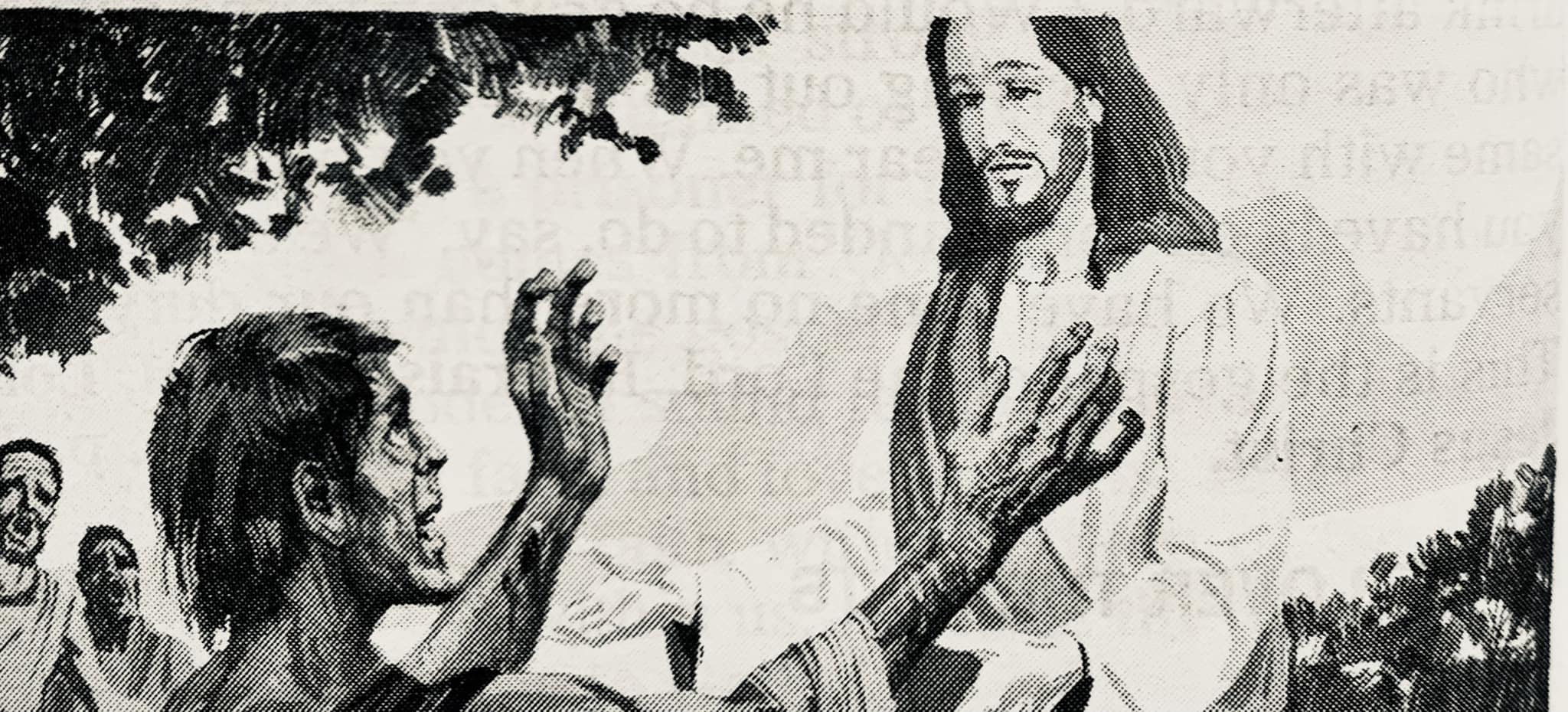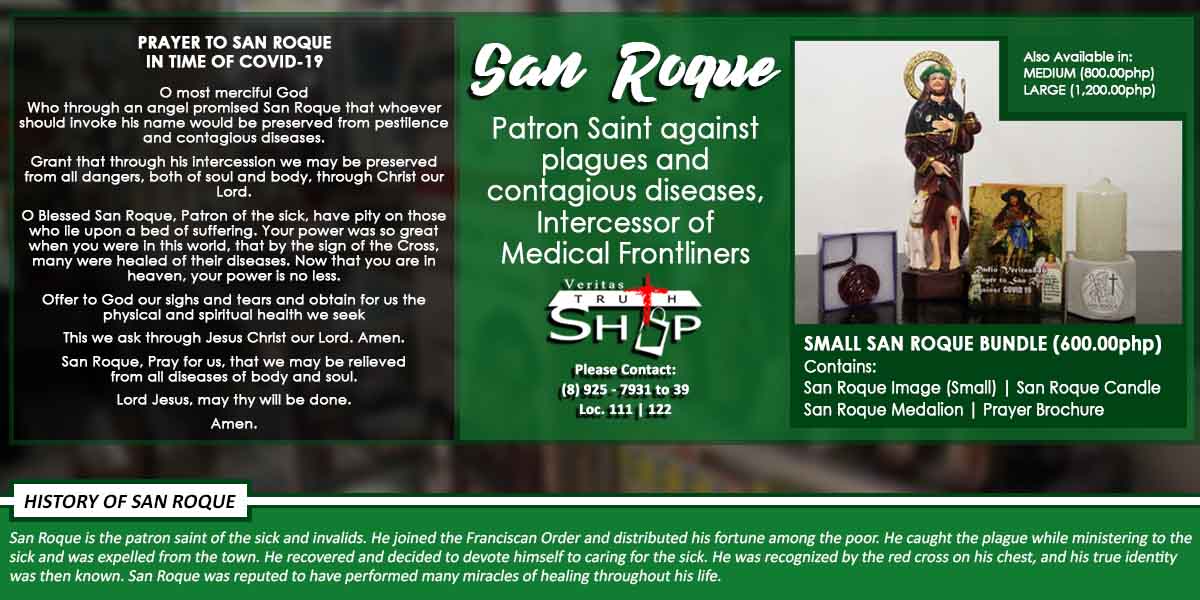335 total views

In the episode of Jesus’ cleansing of ten lepers (17:11-19), Luke begins the third part of the travel account (9:51-19:27) where v11a mentions Jerusalem for the third time as Jesus’ city of destiny where salvation is to be definitively achieved. It is only Luke who recounted this story to highlight his theological slant- the universality of salvation and the preferential option for the marginalized.
It begins as a miracle story, (vv12-14), about the healing done by Jesus followed by an injunction- “go show yourselves to the priests”, (cf Lev 13:16f). That injunction serves as an expression of Jesus’ powerful word and its effect. The group. of lepers professes faith in Jesus and all are cured. But vv15-18 moves it further beyond just a miracle story with a pronouncement that contrasts gratitude with ingratitude, Jews with a Samaritan, and the sight of faith with the miracle itself. Thus, though the ten lepers experience miraculous healing, nine of them miss “salvation”; belief in healing miracles cannot be identical with the experience of salvation itself. It is because of the “seeing”, (“seeing that he was cured” v15), not the healing, that is decisive. The term used is ὁράω (horaō), a very common verb meaning to “see” with a variety of nuances- from the physical realm of visual perception to the spiritual one. But in this particular context, it has the sense of “realizing, perceiving, or recognizing”.
There is an awakening; the eyes of faith of the Samaritan leper were opened. As a result of this recognition he no longer follows Jesus’ injunction to show himself to the priest but returns spontaneously to him. He offers glory to God and prostates himself before Jesus in adoration, a strong expression of faith in both the God of Israel and Jesus his emissary offered by a person of non-Jewish origin, (cf 1st reading, 1 Kgs 5:4-17). Jesus recognizes the prayerful gratitude of the healed man, not simply his belief. This return of the one leper implies his conversion to Jesus; he was not only healed but saved- “your faith has saved you”, (v19). Thus, the episode is showing the cure on two distinct levels- liberation from illness points to the saving power of God which liberates from sin and confers the gift of eternal life. And the personal ingredient for both is faith.
It is strange to think how often gratitude is overlooked. The story of the ten lepers reminds us of that. May we always “see” that God has healed us from all our infirmities, brought us out of darkness to light, and assured us of everlasting life so that our own “thanks” for being loved when we were “unclean” is best expressed by embracing the lepers and the Samaritans of today.

















